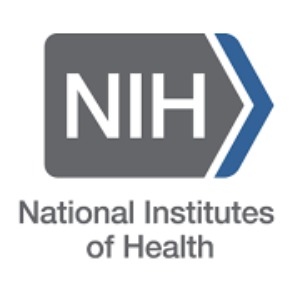 In April at the National Rx Drug Abuse Summit and in a recent Journal of American Medical Association article, Dr. Francis Collins, director of the National Institutes of Health (NIH), announced a bold new initiative to advance addiction and pain research called “Helping to End Addiction Long-term,” or the HEAL Initiative. Congress has added $500 million to NIH’s budget to pay for this initiative.
In April at the National Rx Drug Abuse Summit and in a recent Journal of American Medical Association article, Dr. Francis Collins, director of the National Institutes of Health (NIH), announced a bold new initiative to advance addiction and pain research called “Helping to End Addiction Long-term,” or the HEAL Initiative. Congress has added $500 million to NIH’s budget to pay for this initiative.
“The HEAL Initiative investment in pain research and laser focus on speeding new treatments to market is very exciting and hopeful for people living with chronic pain,” says Cindy Steinberg, U.S. Pain Foundation’s national director of policy and advocacy. ”These efforts including the exploration of novel targets and previously considered compounds and the development of tools, biomarkers, and a pain-focused clinical trials network are huge and long-awaited boosts to pain research efforts in America.”
The pain research portion of the initiative will include these specific areas of investigation:
- Understand the Transition from Acute to Chronic Pain – Researchers will collect specific types of data from patients who experience acute pain after surgical procedures and after musculoskeletal injuries in order to understand and better predict who will go on to develop long-term chronic pain. The ultimate goal of this effort is to develop acute pain management approaches that will prevent the development of lasting pain.
- Discover New Targets for Pain Treatments – Researchers will use our current understanding of the biology of the pain processing pathway to identify novel targets for pharmacological, biologic, and neuromodulation device treatments.
- Engineer Better Testing Platforms to Test Potential New Treatments – NIH will support the development of animal models that more closely mimic human pain conditions, and human cellular models that more closely resemble human pain physiology, in order to accelerate the testing of new treatments.
NIH will collaborate with biopharmaceutical companies to advance new non-addictive treatments in three areas:
- Repurposing of Potential Treatments that Were Abandoned By Companies – Pharmaceutical companies have agreed to make available to NIH once promising new therapies that were abandoned for reasons other than safety. Sometimes these potential treatments are viewed as too costly to bring to market or unable to meet regulatory hurdles or have been discontinued for other reasons. NIH researchers will select those with the most potential and develop and test them further.
- Develop Pain Biomarkers – Biomarkers are measurable substances in an organism that indicate the presence or absence of an underlying disease or condition. For example, certain proteins found in blood may indicate the presence of cancer. Finding reliable biomarkers for specific types of pain conditions has been a longstanding challenge for the field of pain research. Working with industry experts, NIH researchers will work to discover and validate reliable biomarkers for pain.
- Build Clinical Trials Network – To speed the trials of effective new treatments for pain, NIH will build the infrastructure of a clinical trials network for pain. The network will include a coordinating center, data center, and multiple sites capable of recruiting patients with specific types of pain conditions.
For more information about the HEAL Initiative, visit the NIH’s website.
